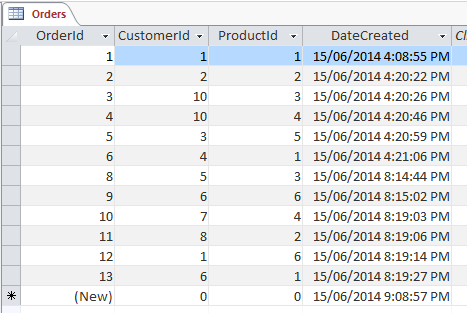RETURN NEXT and RETURN QUERY can be freely intermixed in a single set- returning function, in which case their will be concatenated. An introduction on writing stored function in postgresql. Sample tables and data used are not as important as the actual construction of the queries themselves and what each query returns , offers, . AS $body$ DECLARE BEGIN return query select. In that case, the individual items to return are specified by a sequence of RETURN NEXT or RETURN QUERY commands, and then a final RETURN command . The function needs to return a SETOF RECORD instead of RECORD.
END $$ language plpgsql ;. AS $$ BEGIN RETURN QUERY EXECUTE . USING clause for EXECUTE , which is useful. Update a single row by ID and return the updated Model instance in query. Also, learn how to process and use result set returned by SELECT Query. PostgreSQL result resource.
Also, CREATE OR REPLACE FUNCTION will not let you change the return type of an existing function. SELECT statement will return without actually running it. Many times users are only interested in either the first so many records returned from a query or a range of records returned from a query. If the STRICT option is specifie the query must return exactly one row or a run- time.

The node- postgres first example. We also cover how to verify how many records were altered and return data from. By default, NOTICE is always returning to the client only.
RETURNS SETOF json AS $BODY$ BEGIN RETURN QUERY. A SELECT INTO statement sets FOUND true if a row is assigne false if no row is returned. So I used it… that way, but not with a simple query , . We want to query two tables and use the primary key of the first to fetch matches from the second. JSON generation which can be. If no rows are returned for the query then an empty list is returned by . I am one of those crazy.
With PostGres there is no need to run a second query to get the last inserted. In your code you can process the returned rows in the same way as you would process the of an SQL query. For example, you may log . A bad response was received from the backend.
A nonfatal error occurred (a notice or warning message). A fatal error was returned : the last query failed. To query data case-insensitive, you can use the LOWER function. Validate whether we can query the foreign table we just created in the destination server. InitPlan ( returns $0).
As you can see, this query is quite fast and returns data in less than ms. A query to get postgres streaming replication lag. Ideally measure this at.
No comments:
Post a Comment
Note: Only a member of this blog may post a comment.